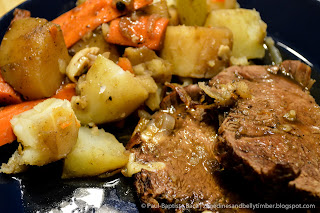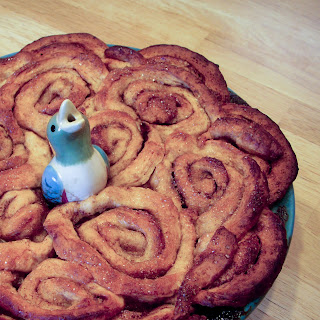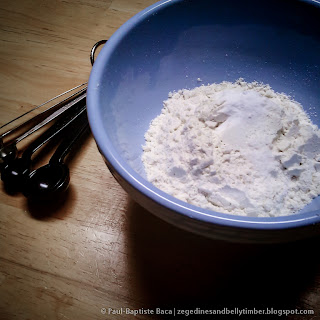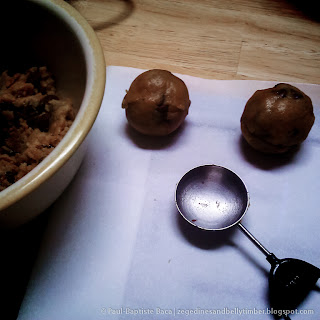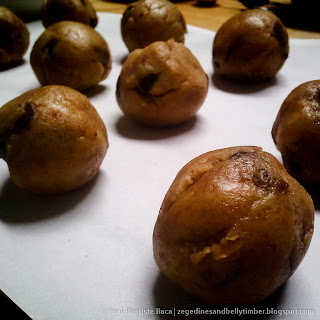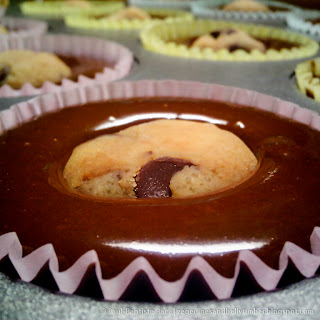"The natural term of an apple-pie is but twelve hours. It reaches its highest state about one hour after it comes from the oven, and just before its natural heat has quite departed. But every hour afterward is a declension. And after it is one day old, it is thence-forward but the ghastly corpse of apple-pie."
~Henry Ward Beecher
We had guests coming over for dinner. The dinner part was easy, pork ribs. Lots of them. Smothered in a spicy sauce. But I also wanted to make a dessert. I have this nostalgic feeling about summer fare and apple pie, even though I don't particularly like apple pie. But I figured the pie would go well with the ribs. So I bought apples. Gorgeous, golden-green apples.
And then the doubt set in.
Should I really make something I don't like?
Maybe not.
I like cinnamon rolls. A lot. One of my favourite desserts.
I decided I would make cinnamon rolls.
And again, the doubt set in.
Is it lame to make a dessert like cinnamon rolls - a very breakfast-esque pastry - to follow up a hearty meal like ribs?
Maybe.
So what to do..?
The thing I do not like about apple pie, and pies in general, is the crust. I am just not a fan of pie crust. I feel that the best pie crust, as flaky and tender as can be imagined, is still too...something. It is not a something I can readily put my finger on. But I don't enjoy it. I usually end up eating the filling and leaving behind a hollow shell. Like the corpse of a Tauntaun. Yes, I think it is that gross.
I do love cinnamon rolls though. So...why not do the You-Got-Your-Apple-Pie-In-My-Cinnamon-Rolls thing? No reason not to try.
I was uncertain what the outcome would be with this. I'm certain someone somewhere has done this before, but I like my kitchen experiments to be mine and so did not go searching for already-done recipes. I just combined my cinnamon roll recipe and my apple pie recipe and crossed my fingers. I think it turned out fabulous.
Cinnamon Rolls
2 to 2 1/4 cups flour
1 1/8 tsp active dry yeast
1/2 cup milk
1/8 cup sugar
1/8 cup butter
1/2 tsp salt
1 egg
3 Tbsp butter, softened
1/4 cup brown sugar, firmly packed
1 tsp ground cinnamon
In a large bowl combine 3/4 cup of the flour and the yeast. Heat the milk, granulated sugar, the 1/8 cup butter and salt just until mixture is warm (about 120º to 130º degrees) and the butter is almost melted, stirring constantly.
Add the milk mixture to the flour mixture. Add the egg. Beat with an electric mixer on low for 30 seconds, scraping the sides of bowl. Beat on high for another 3 minutes. Using a spoon, stir in as much of the remaining flour as you can to make a very soft dough.
Turn the dough out onto a lightly floured surface and knead in enough of the remaining flour to make a moderately soft dough (3 to 5 minutes total). Shape the dough into a ball.
Place dough in a lightly greased bowl. Cover and let rise in a warm place until double (about 1 to 1 1/2 hours).
Punch the dough down and shape into a smooth ball. Cover and let rest for 10 minutes.
Roll the dough into a rectangle 12-inches by 8-inches.
Spread with 3 Tbsp softened butter. Combine the brown sugar and the cinnamon and sprinkle it over the rectangle.
Roll the rectangle up from a short side. Seal the long edge.
Start slicing the dough roll into 1/2-inch pieces. As you cut each slice, place it in the greased pie pan, squashing the roll flat, arranging them first along the edges and then to fill in at the bottom of the pan.
You want to make certain you leave enough of the roll to make a top for the pie as well.
Preheat oven to 425°F.
Apple Filling
1/2 cup sugar
1/4 cup flour
1/2 tsp ground cinnamon
1/2 tsp ground nutmeg
1/8 tsp salt
8 cups sliced, cored and peeled tart apples (8 medium)
2 Tbsp butter
In large bowl, mix sugar, flour, cinnamon, nutmeg and salt. Stir in apples until well mixed.
Spoon into the cinnamon roll-lined pie pan. Cut the butter into small pieces and sprinkle over filling.
Take the remaining cinnamon roll roll and continue slicing it into 1/2-inch thick slices. Squash the slices flat and start forming the crust on top of the apple filling, placing them close together to form a solid shell.
(The pie bird is not necessary, but if you've got one, by all means use it; they are beautiful and will vent steam from the filling lowering the chance of filling boil-over.)
Cover the pie with foil to prevent excessive browning. Bake 40 to 50 minutes or until crust is brown, removing foil for last 15 minutes of baking.
Serve warm.
And enjoy!
And in case you were curious, the pie was a hit at dinner. The guests loved it.
